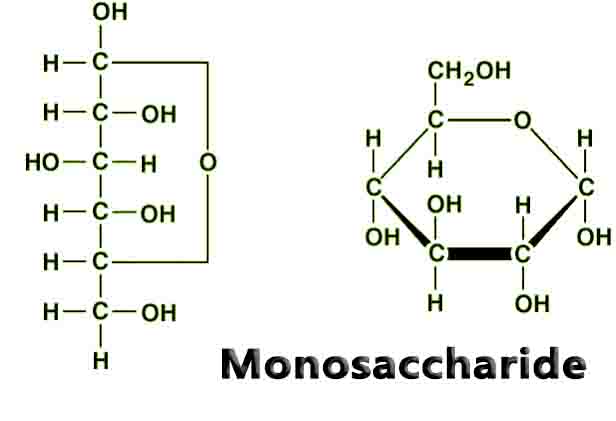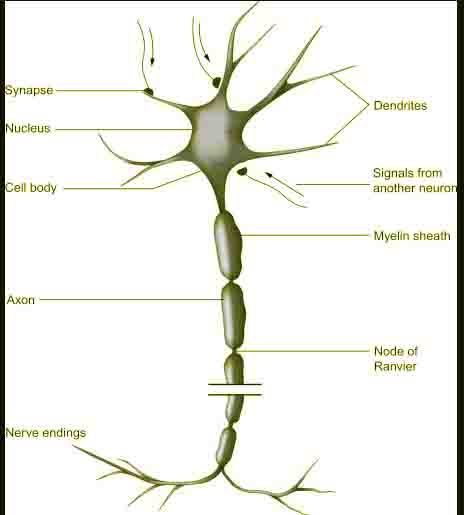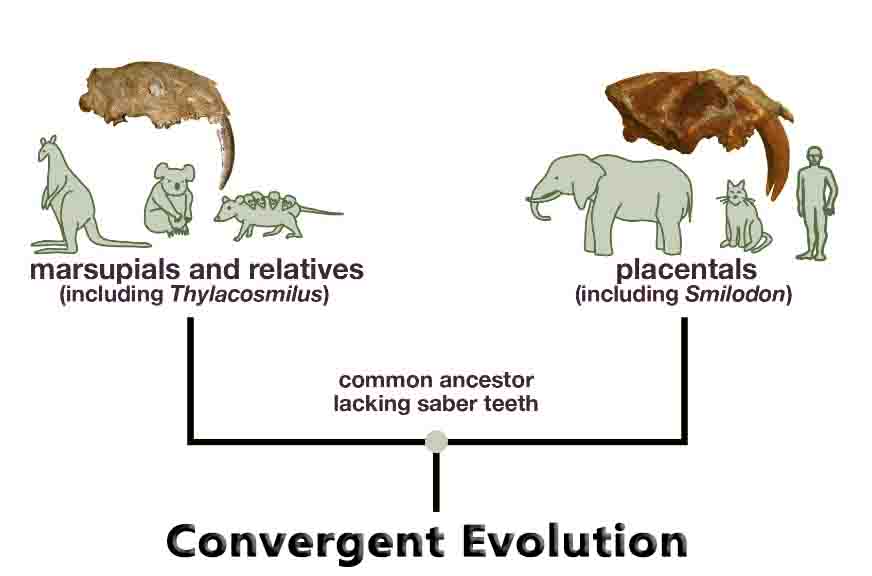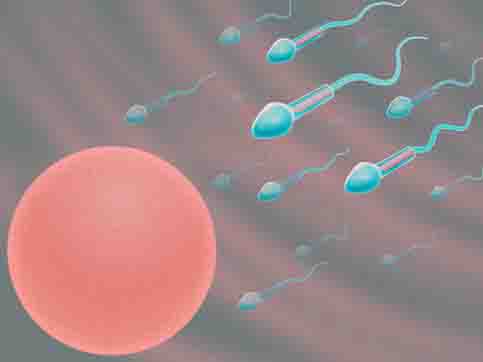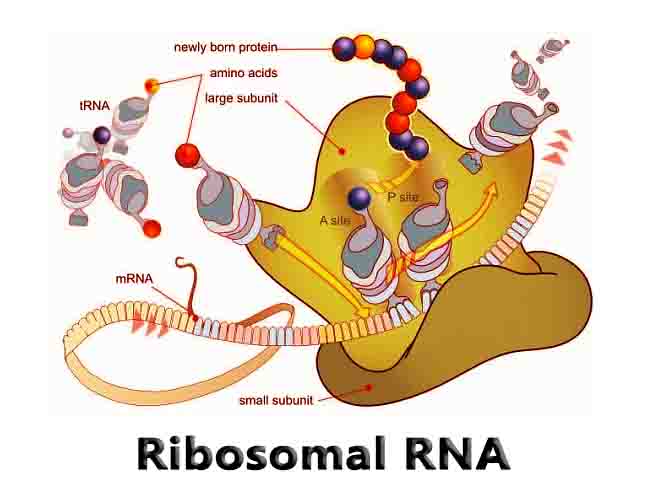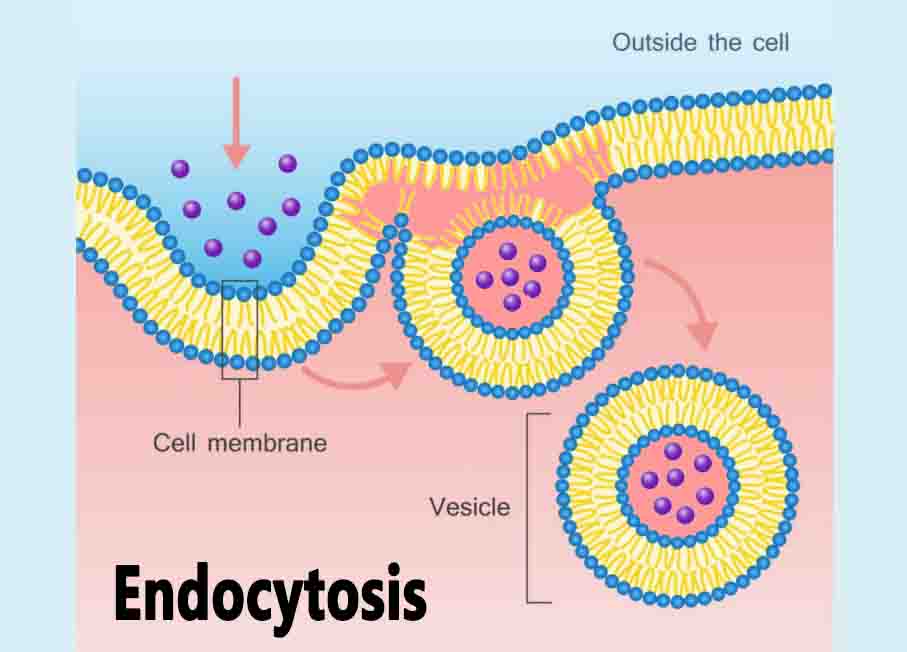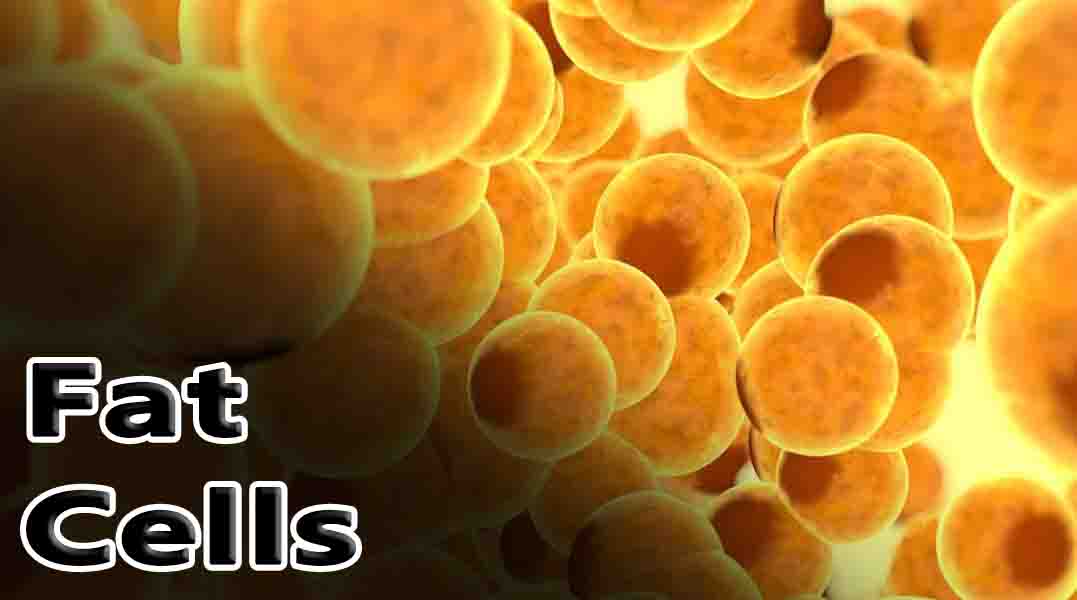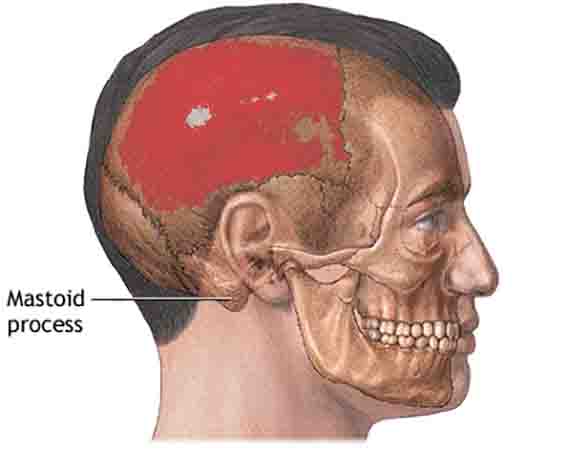Monosaccharide
Monosaccharide Definition Monosaccharides are the simplest form of carbohydrates. The glycosidic bonds between monosaccharides can be used to form larger carbohydrates, known as oligosaccharides or polysaccharides. It is known as a disaccharide when an oligosaccharide contains only two monosaccharides. Polysaccharides are formed when more than 20 monosaccharides are combined with glycosidic bonds. There are thousands … Read more

